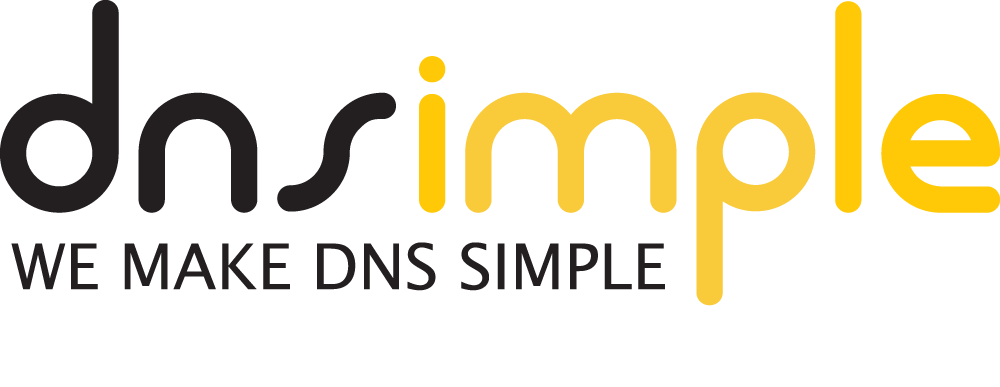Ch. Muhammad Osama, an independent vulnerability researcher has discovered a OPTIONS Method Vulnerability in C2FO website www.c2fo.com, which can be exploited by an attacker to gain additional information about the target system.
OPTIONS Method :-
HTTP offers a number of methods that can be used to perform actions on the web server. Many of theses methods are designed to aid developers in deploying and testing HTTP applications. These HTTP methods can be used for nefarious purposes if the web server is misconfigured. Additionally, Cross Site Tracing (XST), a form of cross site scripting using the server’s HTTP TRACE method, is examined.
While GET and POST are by far the most common methods that are used to access information provided by a web server, the Hypertext Transfer Protocol (HTTP) allows several other (and somewhat less known) methods. RFC 2616 (which describes HTTP version 1.1 which is the standard today) defines the following eight methods:
- HEAD
- GET
- POST
- PUT
- DELETE
- TRACE
- OPTIONS
- CONNECT
Some of these methods can potentially pose a security risk for a web application, as they allow an attacker to modify the files stored on the web server and, in some scenarios, steal the credentials of legitimate users. More specifically, the methods that should be disabled are the following:
- PUT: This method allows a client to upload new files on the web server. An attacker can exploit it by uploading malicious files (e.g.: an asp file that executes commands by invoking cmd.exe), or by simply using the victim’s server as a file repository.
- DELETE: This method allows a client to delete a file on the web server. An attacker can exploit it as a very simple and direct way to deface a web site or to mount a DoS attack.
- CONNECT: This method could allow a client to use the web server as a proxy.
- TRACE: This method simply echoes back to the client whatever string has been sent to the server, and is used mainly for debugging purposes. This method, originally assumed harmless, can be used to mount an attack known as Cross Site Tracing, which has been discovered by Jeremiah Grossman (see links at the bottom of the page).
If an application needs one or more of these methods, such as REST Web Services (which may require PUT or DELETE), it is important to check that their usage is properly limited to trusted users and safe conditions.
Proof of Concept :-
Request:-
OPTIONS /wp-content/themes/theme/js/ HTTP/1.1
Host: c2fo.com
User-Agent: Mozilla/5.0 (Windows NT 6.1; WOW64; rv:28.0) Gecko/20100101 Firefox/28.0
Accept: text/html,application/xhtml+xml,application/xml;q=0.9,*/*;q=0.8
Accept-Language: en-US,en;q=0.5
Accept-Encoding: gzip, deflate
Connection: keep-alive
Response:-
HTTP/1.1 200 OK
Connection: keep-alive
Date: Wed, 02 Apr 2014 17:21:31 GMT
Server: WP Engine/6.0.2
Keep-Alive: timeout=20
X-Type: default
X-Frame-Options: SAMEORIGIN
Allow: GET,HEAD,POST,OPTIONS,TRACE
Content-Length: 0
Content-Type: httpd/unix-directory
Conclusion :-
This vulnerability has been confirmed and patched by C2FO Security Team. I would like to thank them for their quick response to my report.
Status : Fixed!
Hall of Fame : Yes!
Bounty: No!



0 Comments